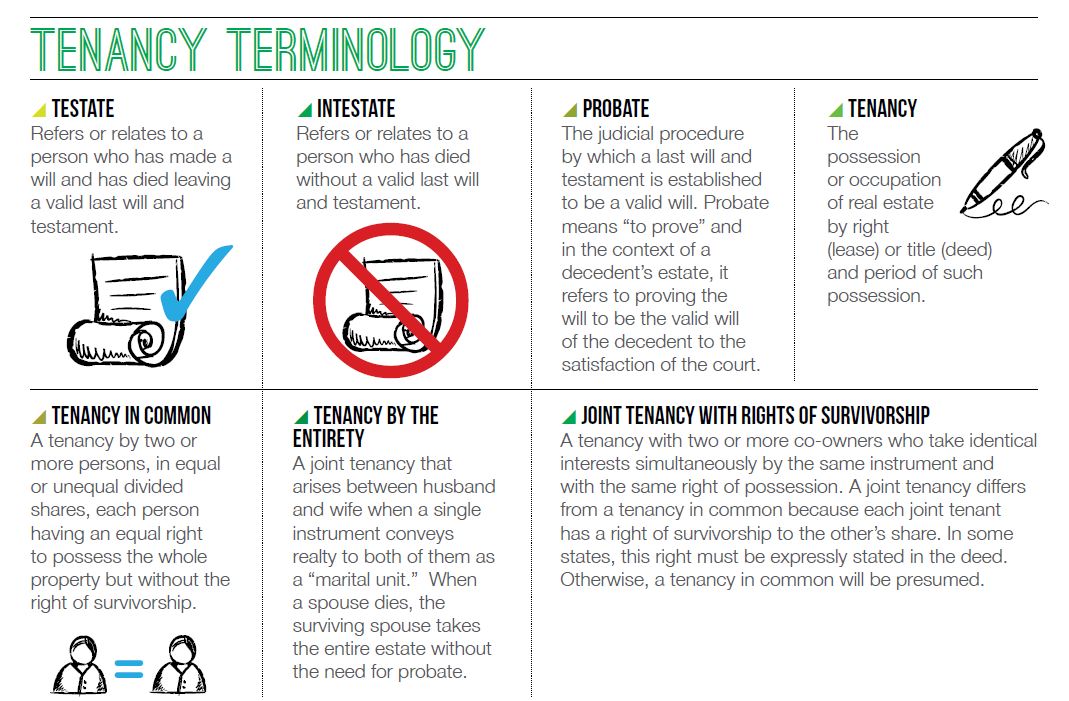Losing a husband or wife may be one of the most devastating experiences a person will ever endure. If that loss also exposes the surviving spouse to the threat of losing their family home to foreclosure, the stress and strain will surely be life shattering. The grief might even make the front-page news, if the surviving spouse is facing foreclosure because they changed title to their home in order to qualify for a reverse mortgage.
Recently, the United States District Court for the District of Columbia ruled in favor of two widowed spouses of homeowners with reverse mortgages who faced foreclosure by mortgage lenders after their spouses died. The widows alleged that their mortgage lenders assured them they would be protected from displacement if their spouses died. Reassured by this protection, they removed their names from their homes’ titles during the loan origination process. However, when their spouses passed away, the mortgage lenders demanded the widows immediately repay the loans or face foreclosure proceedings. The District Court found that HUD violated federal law when it failed to protect the widows’ interests in their deceased spouses’ homes. To fully appreciate the court’s ruling and to understand the ramifications of removing a spouse from title during the reverse mortgage loan process, professionals should first understand how married couples generally hold title to real estate and what that means when a spouse dies.
There are different forms of real estate ownership that married couples can utilize when purchasing real estate. The most recognized form for a married couple is to own their home as tenants by the entirety. A tenancy by the entirety is ownership in real estate under the fictional assumption that a husband and wife are considered one person for legal purposes. This method of ownership conveys the property to them as one person. An estate by the entirety can only be created between two persons who are legally husband and wife. They must be married and their ownership interests cannot be conveyed without the consent and signature of both spouses. In theory, the individuality of each spouse is lost because the husband and wife take ownership as one person.
Under this form of ownership, when one spouse dies, title to the property passes to the surviving spouse entirely without the need for probate. An advantage of this form of ownership is that no legal proceeding needs to take place at the death of one’s spouse. In many states, if a married couple owns property and the title deed does not stipulate the form of ownership, then a tenancy by the entirety is presumed under state law. In other states, the tenancy must be explicitly stated in the deed to create the tenancy and right of survivorship. Not all states recognize this form of ownership.
Married couples might also hold title in joint tenancy, wherein a couple will hold title to their real estate jointly with equal undivided interests and with rights of survivorship. An undivided interest is an ownership right to use and possess the entire property. However, no single co-owner can mortgage, sell or otherwise convey the real estate without the consent of the other joint tenant. When a joint tenant dies, the right of survivorship entitles the surviving co-owner to the deceased’s share without the need for probate or legal action. An advantage of this type of ownership is that the parties on title need not be married or related and that title automatically passes to the surviving co-owner in the event of a death, although in some states, the title deed must explicitly confer the right of survivorship.
A couple might also hold title to their home as tenants in common. In a tenancy in common, the couple will hold title to their real estate jointly with equal rights to enjoy the property during their lives. However, unlike a tenancy by the entirety or joint tenancy, tenants in common hold title individually for their respective part of the property and can convey or mortgage their portion of the property without the consent or joinder of the other tenant in common. Unlike a joint tenancy or tenancy by the entirety, there is no right of survivorship in a tenancy in common. When a tenant in common dies, their property interests will pass to their heirs or their devisees specified in their last will and testament. The death of a tenant in common, therefore, will likely require a legal proceeding to determine the rightful owner of the deceased tenant’s interests.
Because married couples may hold title to their homes in different forms, extreme care and caution must be exercised when changing a couple’s tenancy. Doing so without careful planning can have profound, unforeseen effects on the couple’s property rights and estate plans. When a federal trial court in Washington, D.C., ruled that HUD violated federal law, it found that the agency did not protect the surviving spouses of reverse mortgage borrowers. The two plaintiffs, represented by the AARP Foundation Litigation (AFL), had owned their homes jointly with their spouses for decades. However, during the loan process, the plaintiffs allowed their names to be taken off the deeds to their homes so that their spouses could qualify and obtain a reverse mortgage. Both plaintiffs were younger than their respective spouses and the court recognized that by removing their names from title, it likely allowed their older spouses to obtain more favorable loan terms than if they had been on title and included on the loan as well.
When their spouses died, the lenders asserted their right to the immediate payment of the loans, demanding that the balances became due and payable because the borrowers died and the property was not the principal residence of at least one surviving borrower. Because the plaintiffs were not borrowers under the mortgage contracts, the lenders demanded the surviving spouses pay off the loans in full or face foreclosure.
Facing foreclosure, the plaintiffs turned to the AFL, which filed suit on their behalf. The plaintiffs contended that the foreclosures were illegal because HUD’s regulations and mortgage documents conflicted with the law Congress passed authorizing the federal HECM program. The trial judge agreed, finding that HUD’s regulations were not valid because they were inconsistent with the plain and unambiguous language contained in the National Housing Act, informally known as Subsection (j), that protected non-borrowing spouses. According to the court, Subsection (j) provides that “the HECM loan obligation is deferred until the homeowner’s and the spouse’s death, even if such spouses were not also HECM loan mortgagors.” The court determined HUD’s HECM regulation to be invalid because in contrast to Subsection (j), it provided that the HECM loan obligation was due and payable in full if “a mortgagor dies and the property is not the principal residence of at least one surviving mortgagor.” The court agreed that the law protects both reverse mortgage borrowers and their spouses from foreclosure until they die or sell the property and also found that HUD’s regulations interpreting the law were illegal.
The judge did not award any damages and did not provide any relief to the plaintiffs. Instead, the matter was remanded to HUD to fashion appropriate relief and for further proceedings consistent with the opinion of the court. Essentially, the court directed HUD to resolve the conflicting rules concerning the rights of non-borrowing spouses under the HECM program. Because HUD’s policy is not to comment on litigation, it is uncertain exactly how the agency will respond.
In light of this recent decision, it does appear certain that there will be some sort of HECM reform to address the non-borrowing spouse concern. Until that reform arrives, reverse professionals should understand the different forms of tenancy and the implications of removing a spouse from title during the reverse mortgage process. Seniors will have many reasons for wanting to obtain a HECM, but some married couples may only have one spouse over the age of 62 who qualifies for the loan. In other instances, one spouse may be older than 62 but significantly younger than their counterpart. When this type of situation occurs, the implications of not including the non-borrowing spouse on the HECM mortgage note and deed must be fully explored with the clients. The clients should never be encouraged to remove a spouse from title in order to qualify or receive a higher loan amount. Companies should immediately review their underwriting policies in light of this ruling.
If a situation does arise where it is absolutely essential to remove a spouse from title, this conveyance should never occur at the closing table. Rather, the applicants should be directed, in writing, to seek independent counsel who can prepare their deed, have it executed and recorded outside of the closing process. The non-borrowing spouse should be required to provide a signed and notarized letter describing the reason he or she is not participating in the transaction and acknowledging that the risks associated with their decision have been fully explained. Additionally, the non-borrowing spouse should attend HECM counseling and should sign and date the counseling certificate to acknowledge their participation and completion of HECM counseling. Copies of these documents should remain in the file.
Until the non-borrowing spouse concern has been addressed by HUD, reverse professionals should exercise extreme caution if it ever becomes absolutely necessary to remove a spouse from title. Reverse professionals should always seek to protect their clients’ property rights rather than expose them to risk by removing their name from title in order to qualify for a loan. A reverse mortgage is an excellent financial planning product for senior citizens, but the product must be used sensibly. Understanding the risks associated with removing a non-borrowing spouse from title will help reverse professionals guide their clients on how to responsibly use their home equity.







